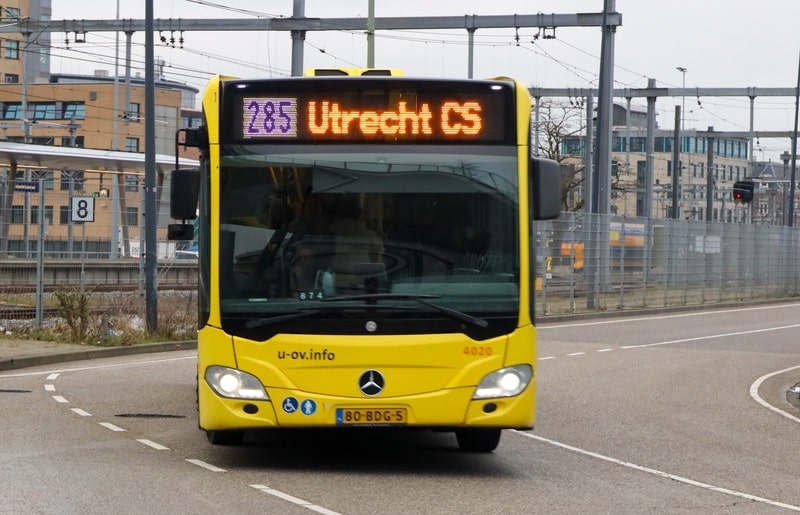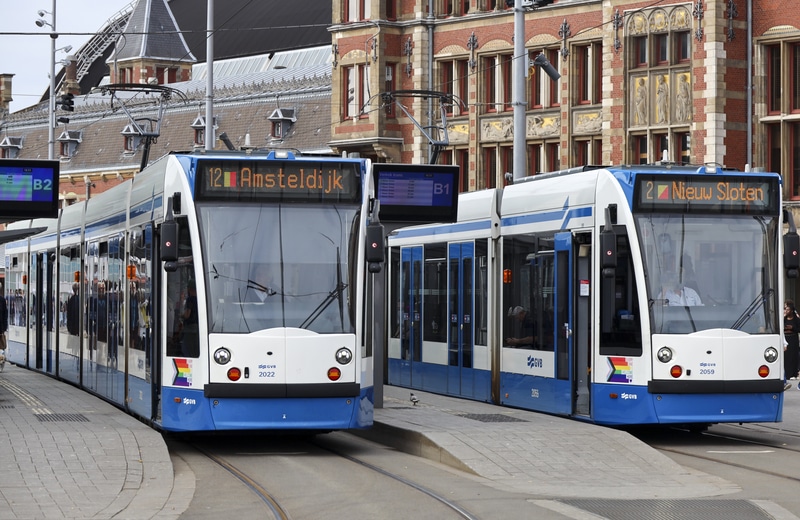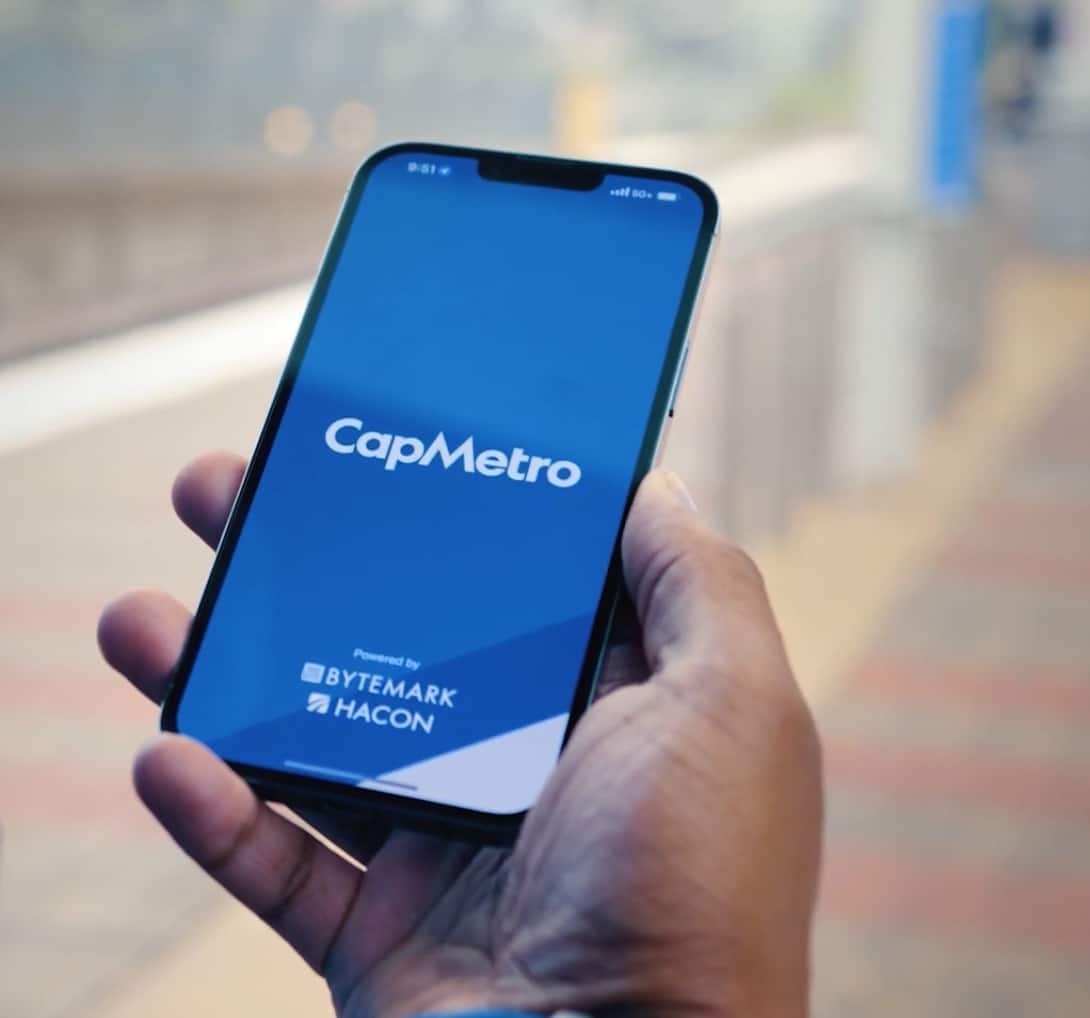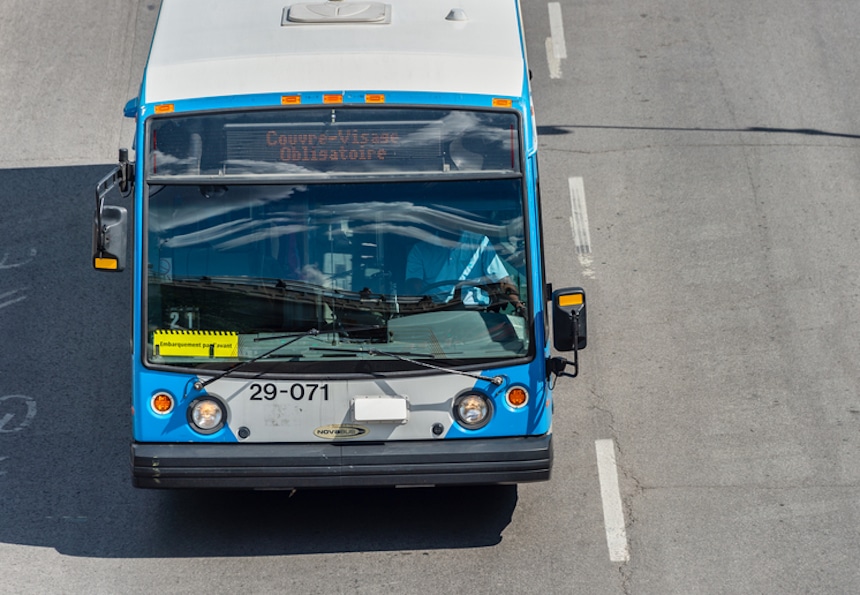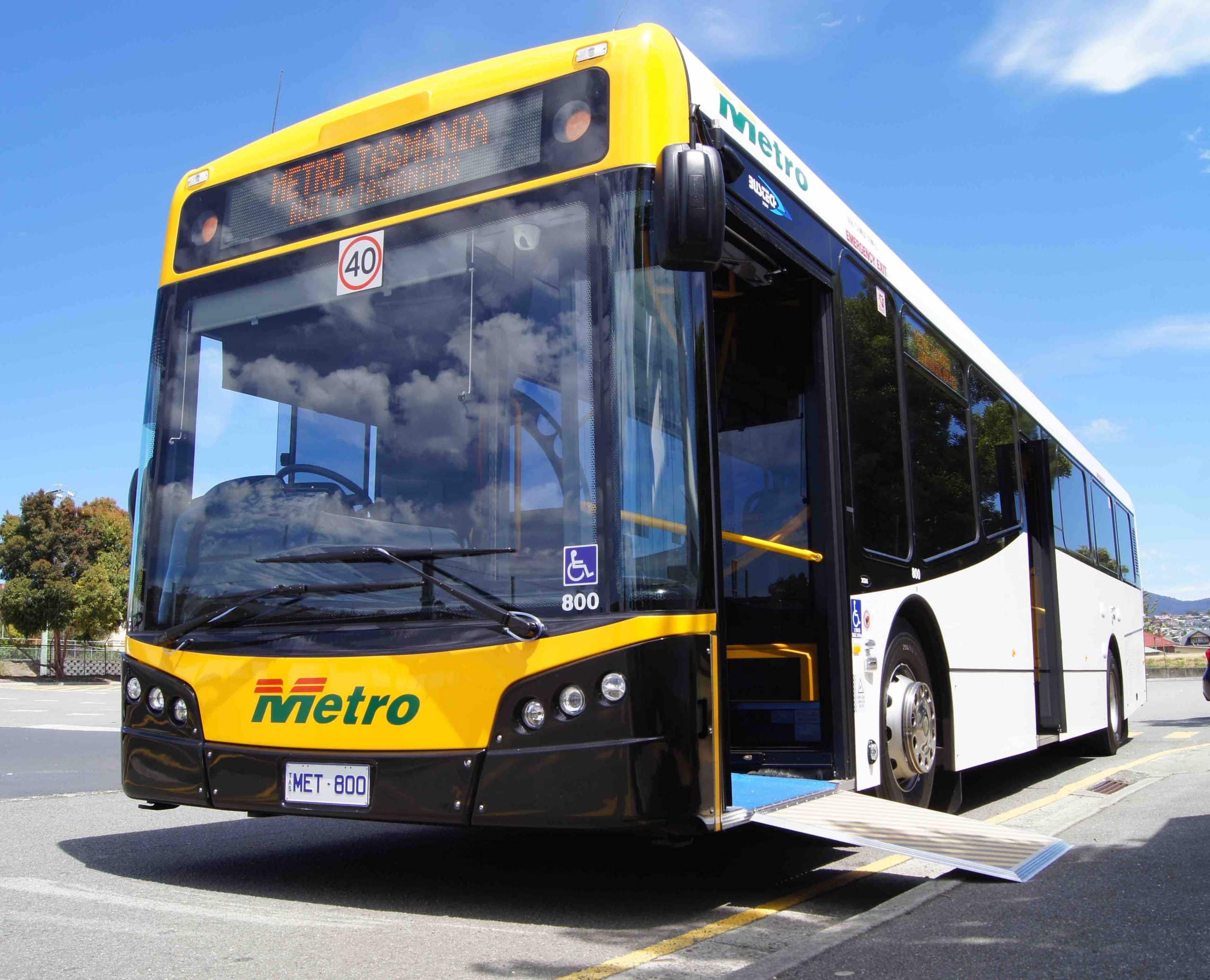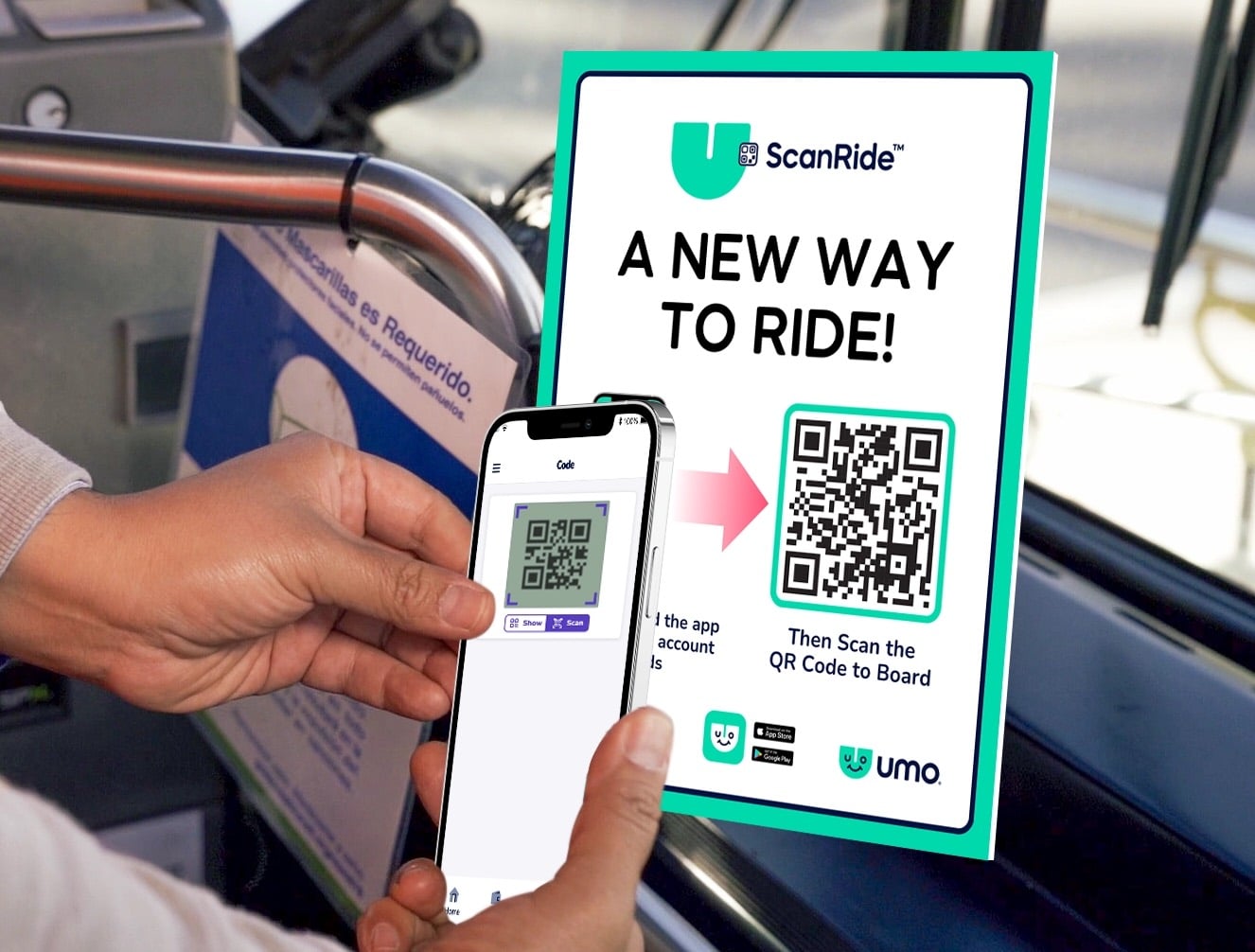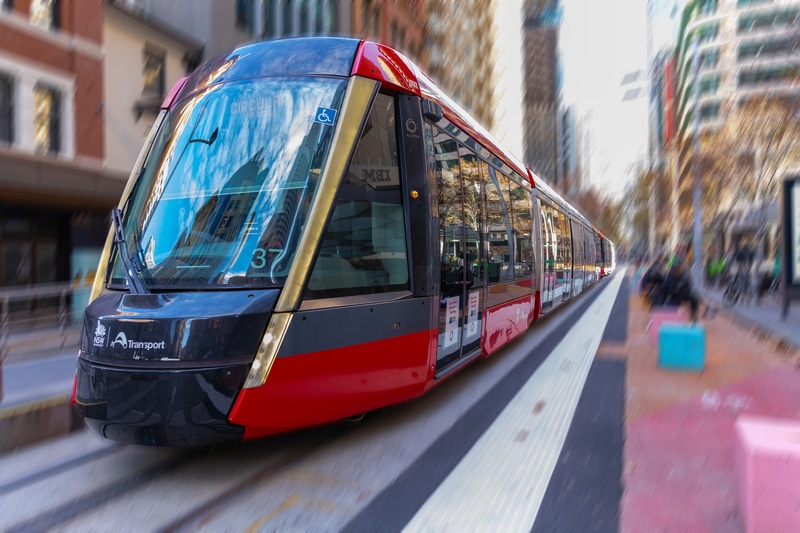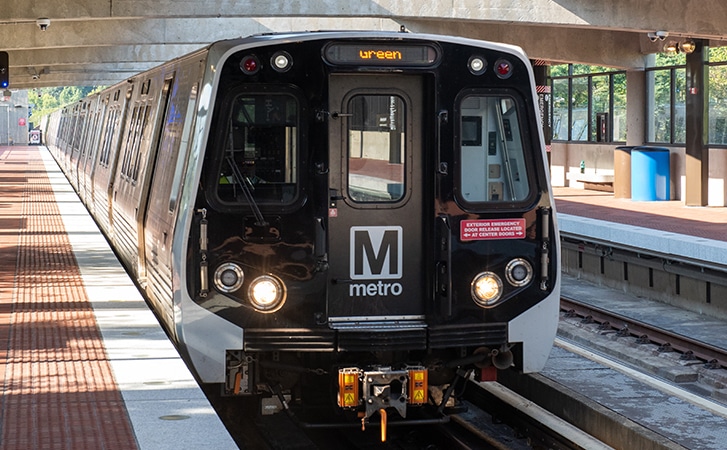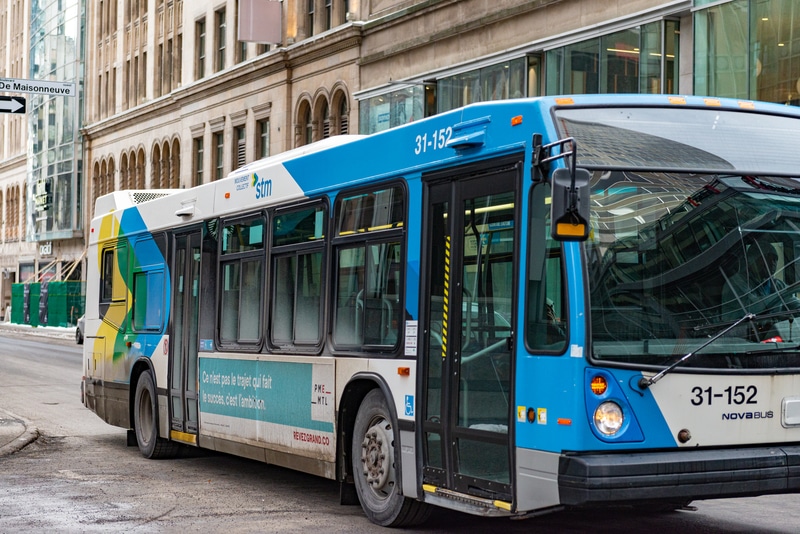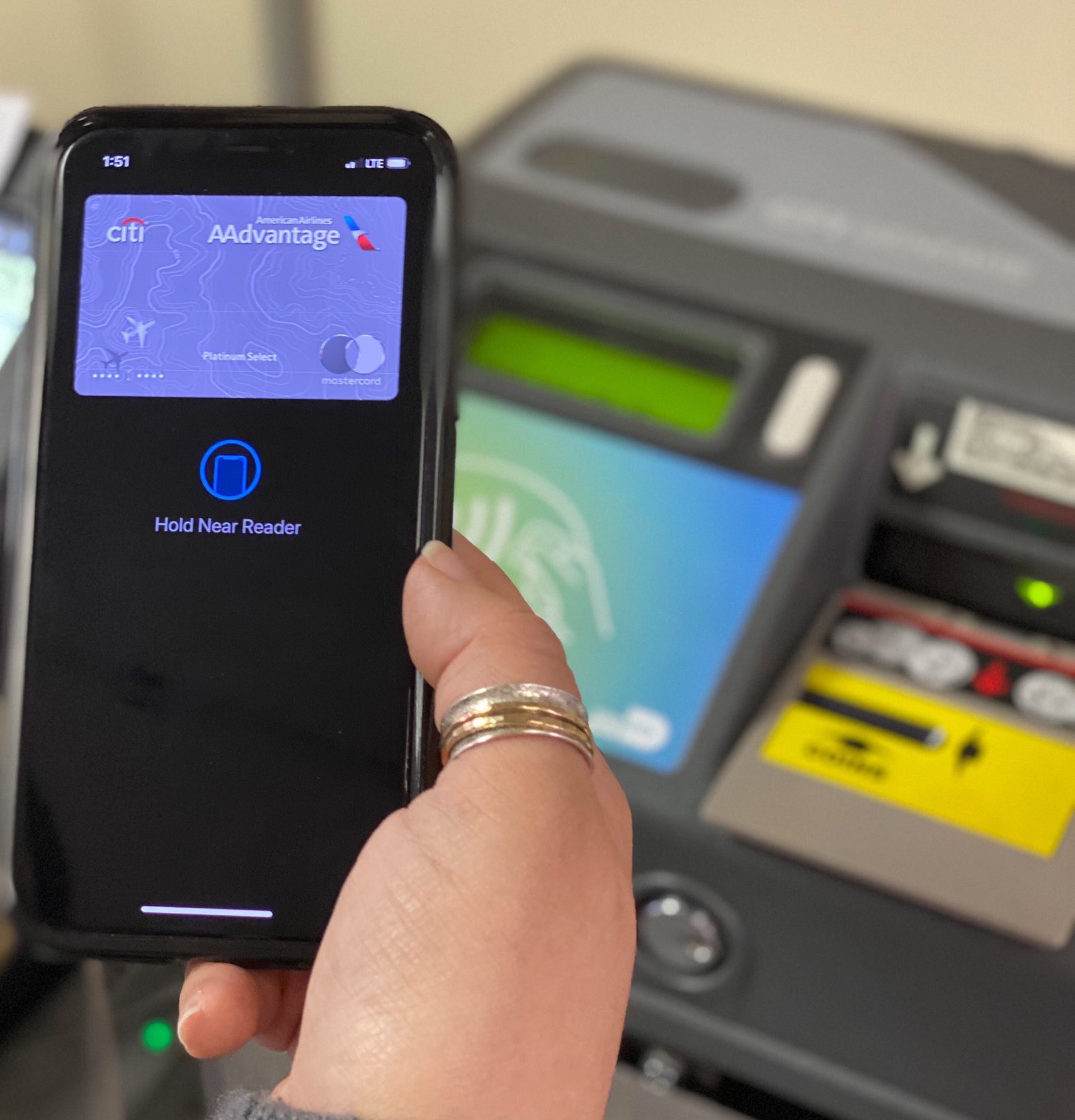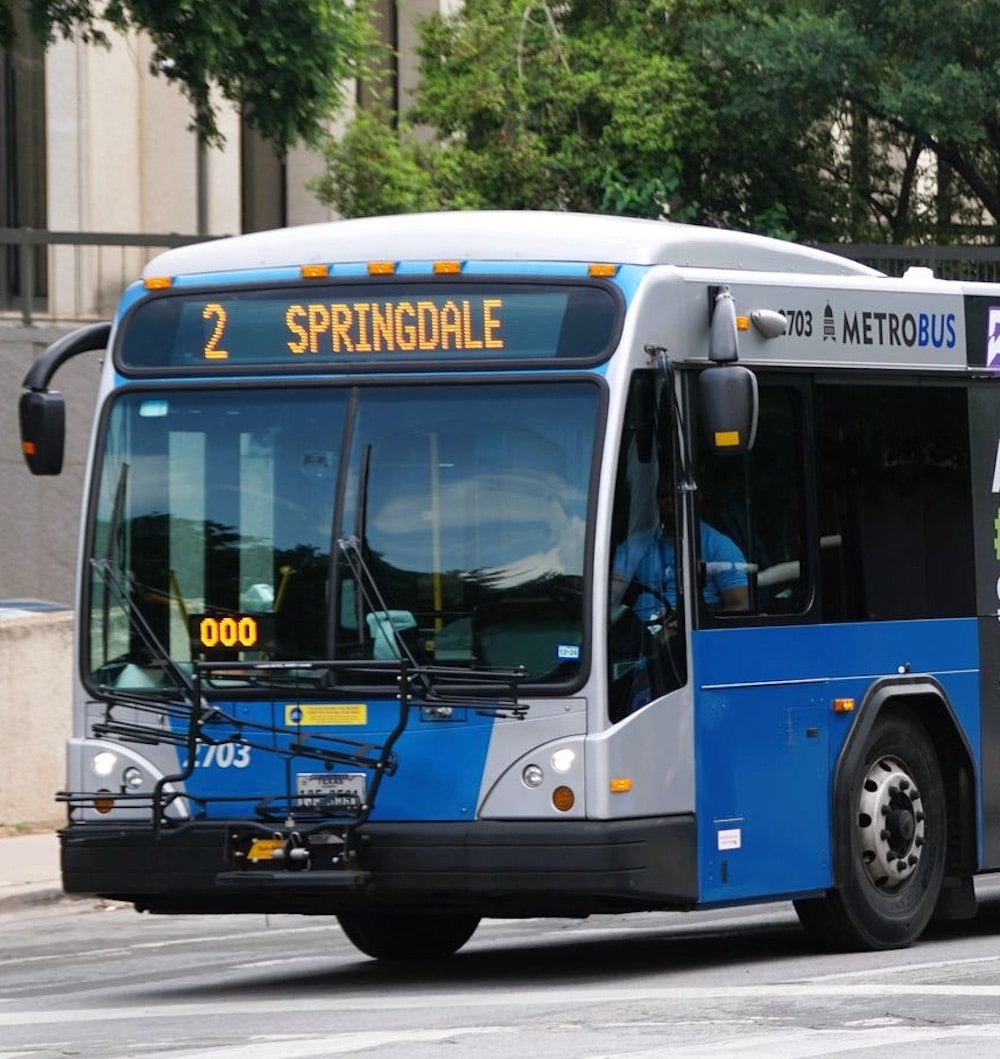
Article Highlights
Transit riders in the Netherlands could begin receiving concessionary discounts while using their contactless debit and credit cards or NFC wallets later this year. Agencies also plan to begin issuing white-label EMV cards to eventually replace widely used closed-loop OV chip card scheme.
Open-loop payments accounted for fewer than 2% (1.69%) of trips in early December 2022 for transit operators that have adopted OVpay.
• GVB
• NS (Netherlands)
• RET (Rotterdam)
• Translink (Netherlands)
• Arriva (Netherlands)
• Thales
• Scheidt & Bachmann
Transit riders in the Netherlands could begin receiving concessionary discounts while using their contactless debit and credit cards or NFC wallets later this year, the program director for the country’s nationwide open-loop rollout told Mobility Payments.







